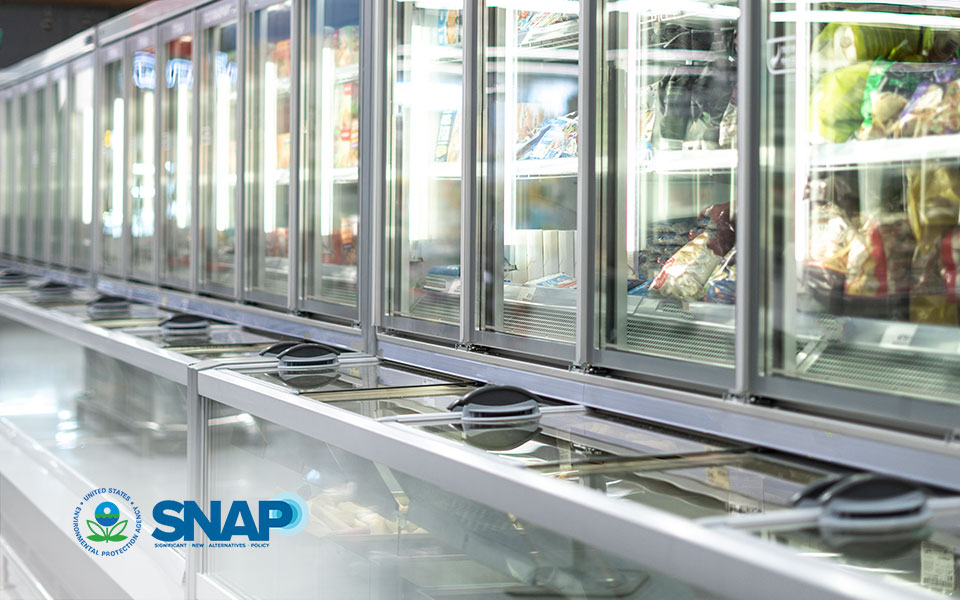*On June 1, 2023 Emerson’s Climate Technologies business became a new standalone company – Copeland. Though our name has changed, we are building on more than a century of HVACR innovation and industry leadership, and Copeland continues to offer the same products, industry stewardship, and learning opportunities you’ve grown to trust. Information found on this webpage posted before June 1, 2023 may contain our old name or branding, but you can be at ease knowing it was created with the knowledge and expertise of Copeland.
In post seven of our CO2 as a Refrigerant blog series, I will weigh the relative advantages and disadvantages of R-744.

Weighing the Advantages and Disadvantages of R744
Table 1 outlines the advantages and disadvantages of R-744 as a refrigerant. Although the list of disadvantages appears smaller than the advantages, these considerations should not be overlooked, as they have a significant impact on the safety and reliability of R-744 systems.

Table 1: Advantages and disadvantages of R-744 as a refrigerant
The next blogs in this CO2 as a Refrigerant series will cover additional relevant R-744 topics in greater detail, including a general overview of R-744 systems; and more specific information about the designs of CO2 booster (i.e., transcritical booster), and cascade systems — exploring key points about their commissioning, operation and service.

EPA SNAP Rule 26 Approves, Modifies Use Conditions for A2L and A3 Refrigerants
On May 28, the Environmental Protection Agency (EPA) pre-published its Significant New...

Refrigerant Transition Highlights the Importance of Leak Detection
*On June 1, 2023 Emerson’s Climate Technologies business became a new standalone company –...

Let the Refrigerant Phase-in Begin
*On June 1, 2023 Emerson’s Climate Technologies business became a new standalone company –...
